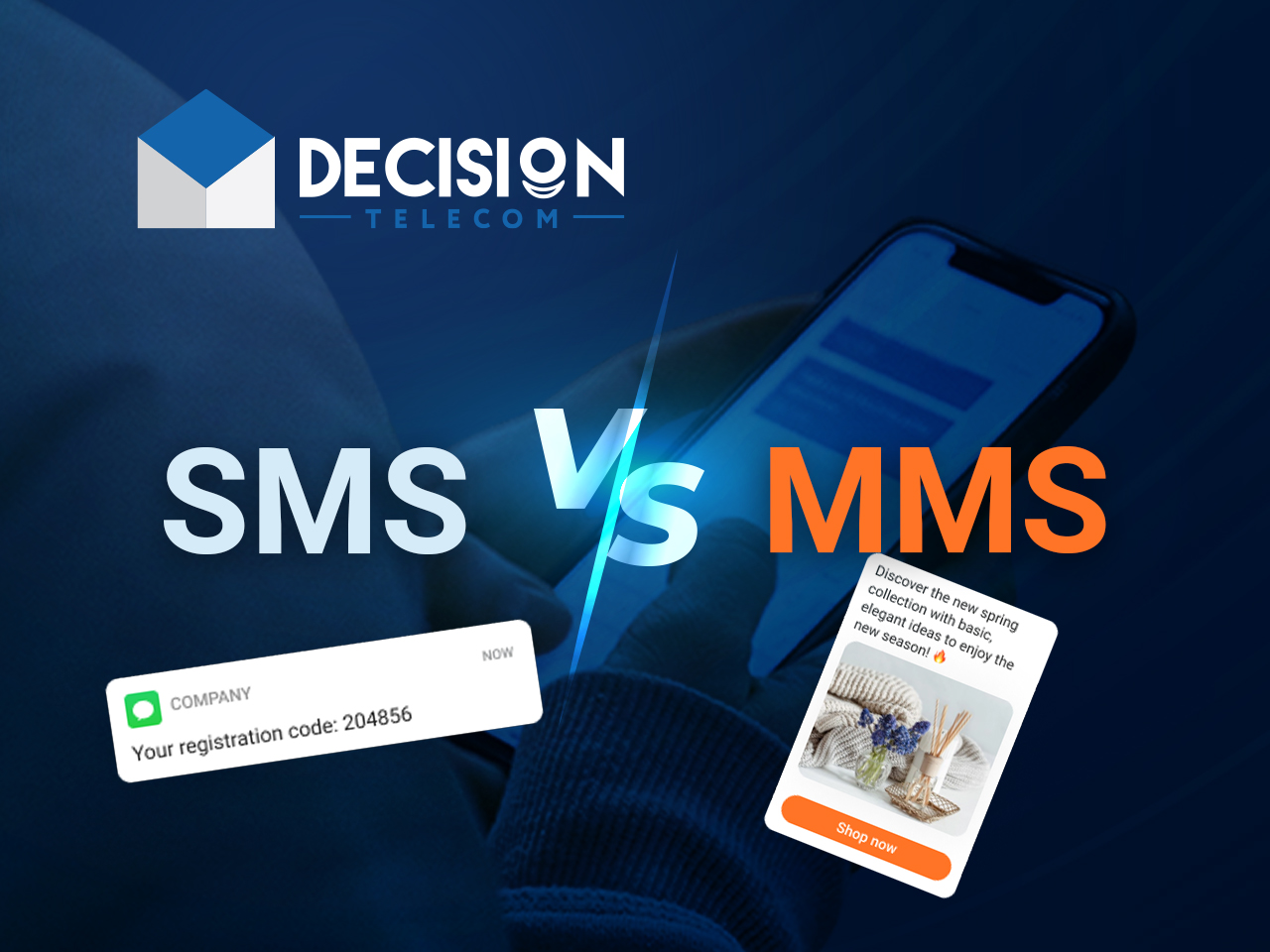MMS video has revolutionized the way we communicate in the digital age. As technology advances, the multimedia messaging service (MMS) has become a vital tool for sharing rich media content, including videos, images, and audio. Unlike traditional SMS, MMS enables users to send larger files, making it an ideal choice for those who want to share moments that are more than just text. With the growing prevalence of smartphones and high-speed internet, the popularity of MMS video continues to rise, reshaping our social interactions.
One of the most appealing aspects of MMS video is its accessibility. Users can easily record, send, and receive videos directly from their mobile devices, allowing for spontaneous sharing of life’s special moments. Whether it’s a birthday celebration, a candid moment with friends, or a breathtaking view during a hike, MMS videos can capture and share these experiences in a way that words alone simply cannot convey. This immediacy and visual richness have made MMS videos a staple in modern communication.
However, as with any technology, there are questions regarding the security, privacy, and ethical implications of sharing MMS videos. Concerns about personal data security and the potential for misuse of shared content are ever-present. As we navigate this evolving landscape, it is crucial to understand the nuances of MMS video, its applications, and the best practices for responsible sharing in an increasingly interconnected world.
What is MMS Video?
MMS video stands for Multimedia Messaging Service video, which allows users to send and receive video clips through mobile networks. It enhances traditional text messaging by enabling the transfer of larger media files, making communication more engaging and expressive. MMS video is commonly used to share short clips, capturing moments that can be easily shared with friends, family, or social media platforms.
How Does MMS Video Work?
The process of sending an MMS video is quite straightforward. When a user records a video on their mobile device, they can attach it to a message and send it to a recipient's phone number. The recipient receives a notification and can download the video via their mobile network or Wi-Fi. Key features of MMS video include:
- Support for various video formats
- Ability to include text and image attachments
- Delivery confirmation options
What Are the Limitations of MMS Video?
While MMS video is a powerful communication tool, it does come with its limitations. Some of the key constraints include:
- File size restrictions: Most mobile carriers impose limits on the size of MMS messages, often capping them at 300 KB to 1 MB.
- Compatibility issues: Not all devices support the same video formats, which may lead to playback issues for some users.
- Cost: Sending MMS videos may incur additional charges, depending on the user's mobile plan.
Who Uses MMS Video?
MMS video is widely used by a diverse range of individuals and organizations. From personal use among friends and family to professional applications in marketing and communication, the versatility of MMS video is apparent. The primary users include:
- Individuals: Sharing personal moments with loved ones.
- Businesses: Engaging customers through promotional videos.
- Content creators: Sharing creative work with audiences.
What Are the Benefits of Using MMS Video?
The benefits of using MMS video are numerous. Some advantages include:
- Enhanced communication: Videos convey emotions and messages more effectively than text.
- Greater engagement: Recipients are more likely to engage with multimedia content.
- Ease of use: Users can easily record and send videos from their mobile devices.
How to Create High-Quality MMS Videos?
Creating high-quality MMS videos involves a few essential steps:
- Choose the right environment: Ensure good lighting and minimal background noise.
- Use a stable recording device: Employ a tripod or hold the device steady.
- Edit the video: Utilize video editing apps to enhance quality and trim unnecessary content.
What Are the Privacy Concerns Related to MMS Video?
As with any form of digital communication, privacy is a significant concern when it comes to MMS video. Users should be aware of the potential risks, such as:
- Unintended sharing: Videos can be forwarded without the sender's consent.
- Data breaches: Personal videos may be exposed if a device is hacked.
- Reputation damage: Sensitive content may lead to negative consequences if shared publicly.
How to Safeguard Your MMS Videos?
To protect your MMS videos, consider implementing the following tips:
- Use strong passwords on your devices.
- Be cautious about sharing sensitive content.
- Regularly update your phone’s security settings.
Conclusion: The Future of MMS Video
As technology continues to evolve, the future of MMS video looks promising. With advancements in mobile networks, such as 5G, the ability to send and receive high-quality videos will only improve. Additionally, as social media platforms become more integrated with messaging services, the way we share and consume video content is set to change dramatically. By understanding the intricacies of MMS video and employing best practices for sharing, users can enjoy the benefits of this powerful communication tool while safeguarding their privacy.

/what-is-sms-mms-iphone-2000247-Final-5c38a50846e0fb0001673a66.png)

